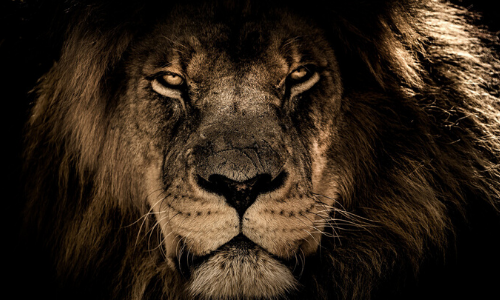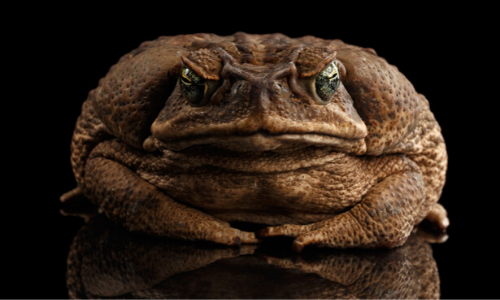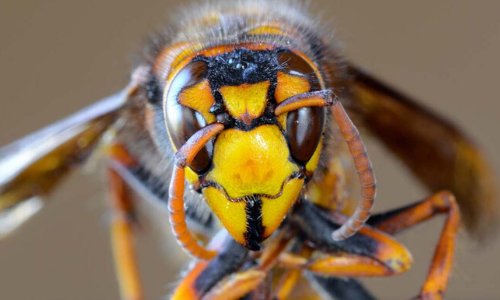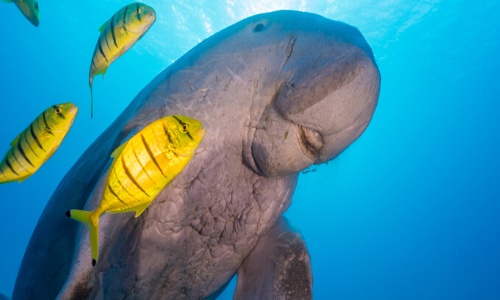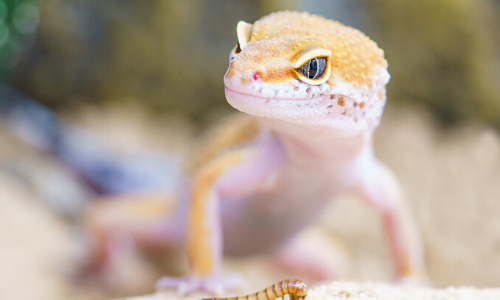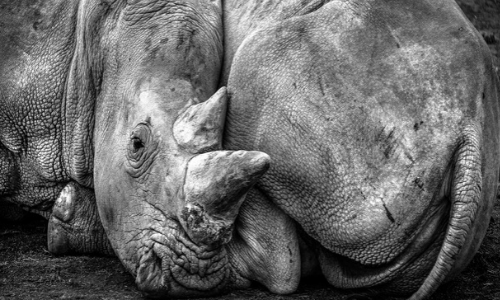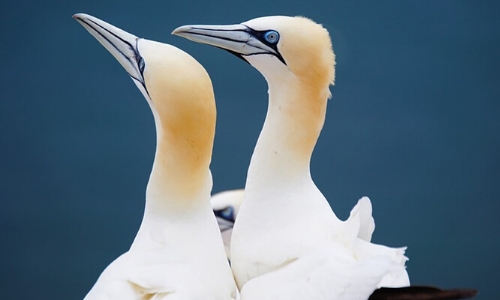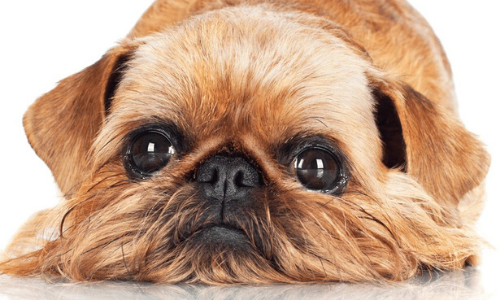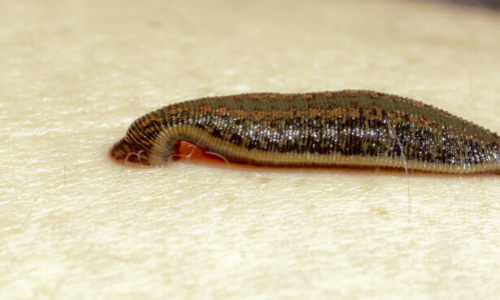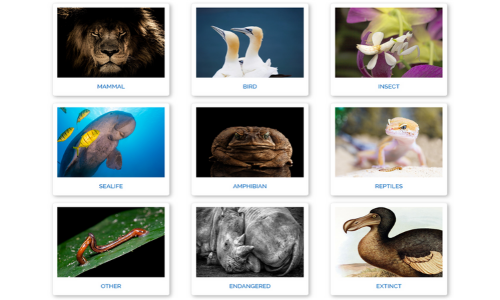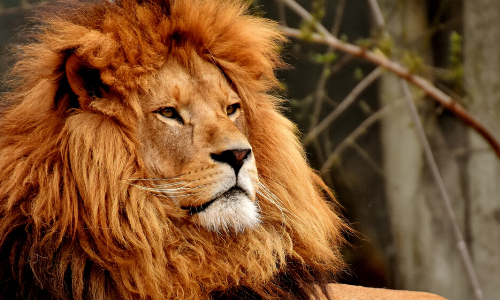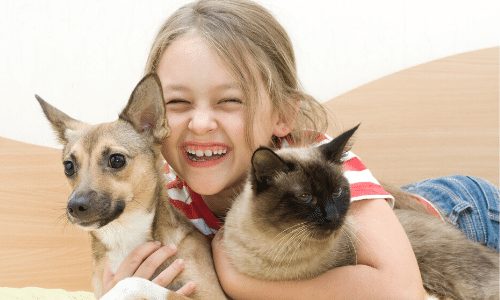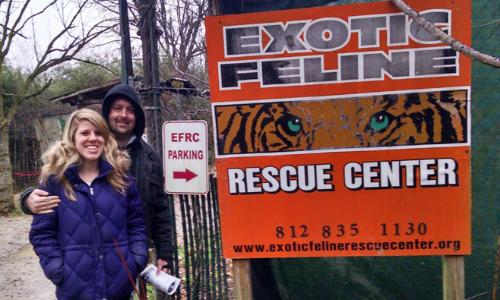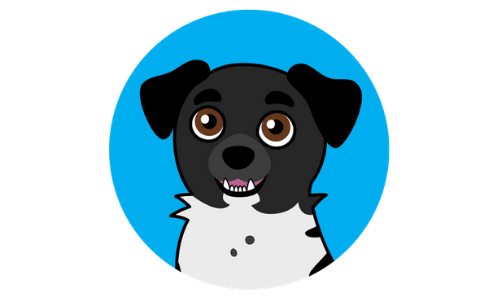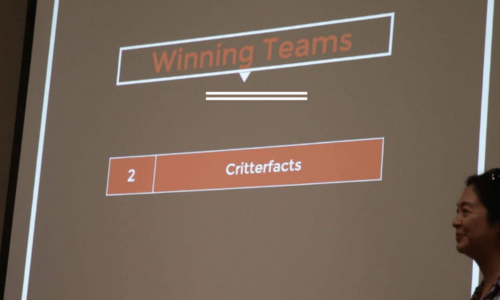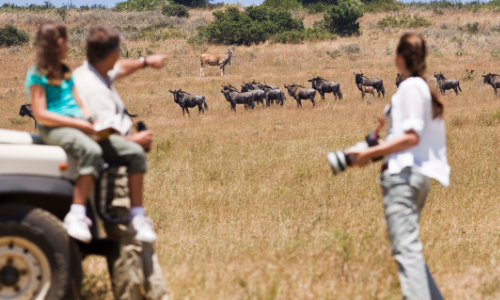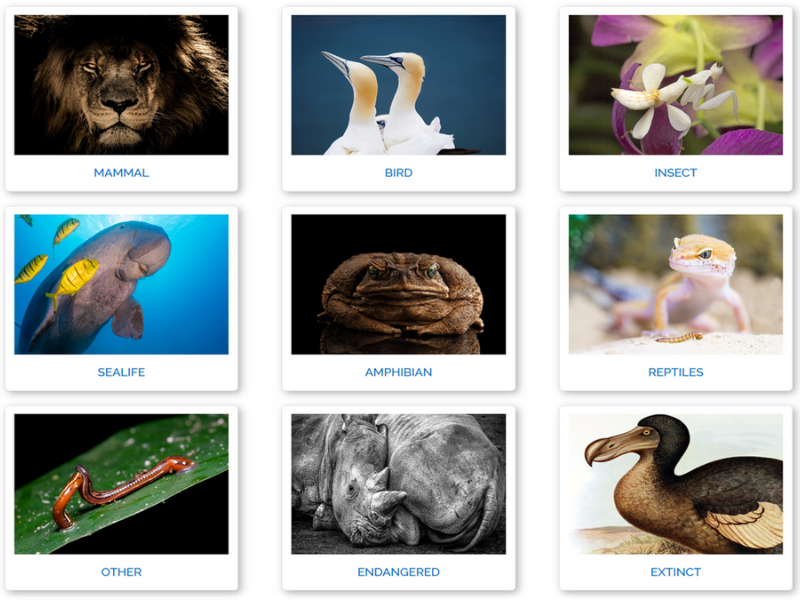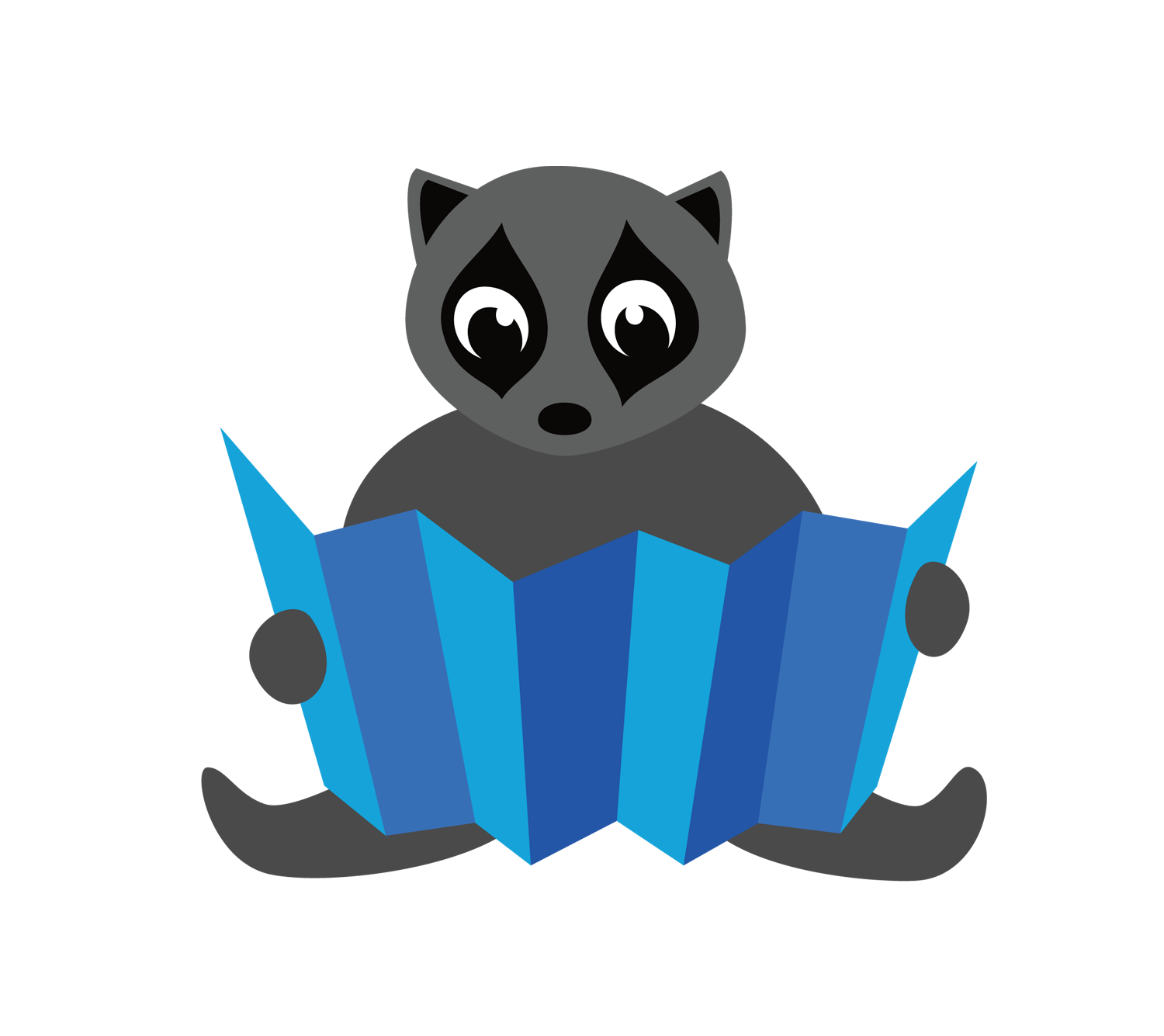
Goral
Goral kids can walk only an hour after being born and have no problem keeping up with their mother on the rough terrain!

Indian Rhinoceros
The Indian rhinoceros might look like it’s covered in armor but it’s actually brownish-grey skin folds. These folds make it look intimidating.

Woolly Monkey
Play time can get a little rough with woolly monkeys, but it’s used as a bonding process as well as establishing the hierarchy.

Silkworm
Researchers in Massachusetts have successfully used silkworm silk in the reconstructing of damaged tendons, ligaments, and more!

Red-billed Oxpecker
Oxpeckers almost went extinct in the wild from excessive hunting of rhinos and buffalos, which are the oxpeckers’ two main hosts.

Raccoon Dog
The raccoon dog also goes by the name magnut or tanuki. Despite their appearance, they are not related to raccoons at all, but are in the canid family.

Lemon Shark
Lemon sharks use electroreceptors located on their head to detect other marine creatures, and the horizontal bend of their retina to help visualize prey.

Lelwel Hartebeest
Even though the Lelwel hartebeest looks bulky and clumsy, it is one of the fastest antelopes alive and can reach speeds of over 40 miles per hour!

Common Tenrec
The common tenrec’s spines can be used for communication when rubbed together. It can alert other common tenrecs of danger or even locate lost members!

Collared Peccary
Even though the collared peccary looks like a pig, they have a smaller body, thinner legs, and tusks. Their name comes from the light ring around its neck.

